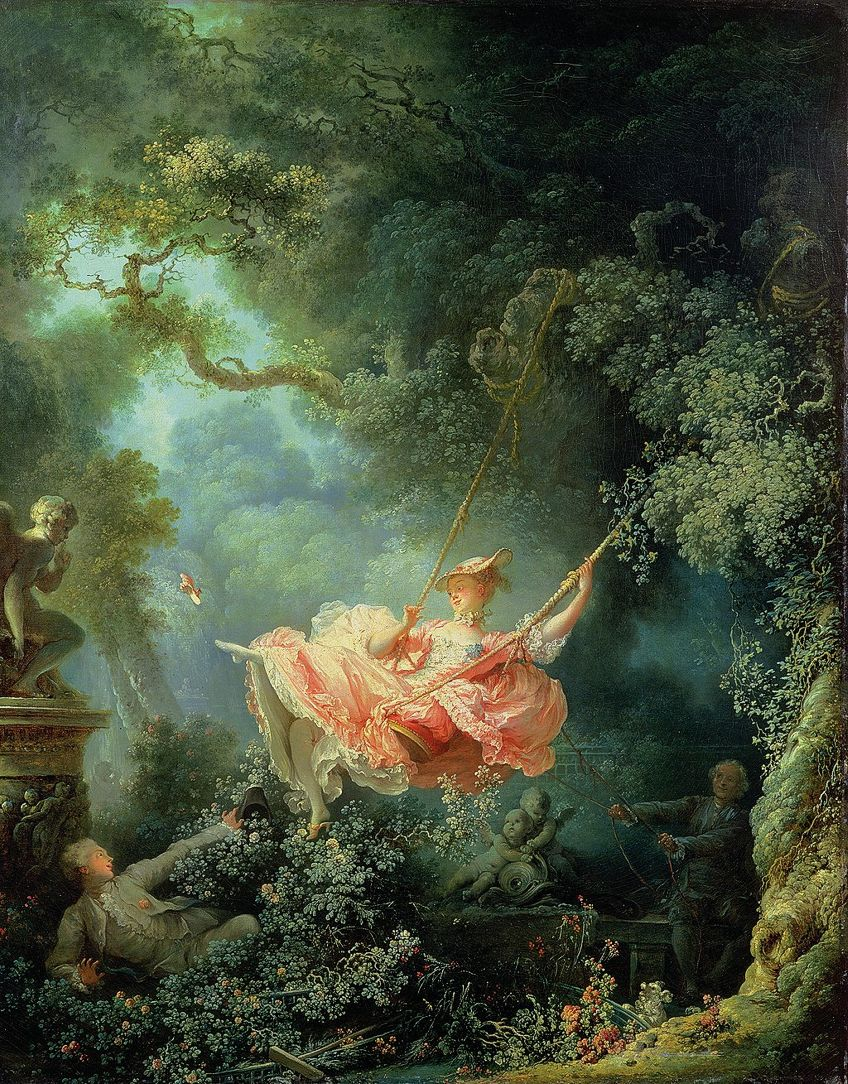Neoclassical and Rococo styles of art painting are seen in the classical era, the period from around 1730-1820 (WikiArt, 2022). Earlier work features the Rococo style. A clear shift was made around 1785 and the latter part of the classical era is dominated by Neo-Classical works. Ladies appear to be well represented during the classical art era and all the work I've selected this week features women.
Sunday, June 26, 2022
Classical Era Art and Morality
Thursday, June 16, 2022
Baroque Era Art
The Anatomy Lesson of Dr. Nicolaes Tulp by Rembrandt van Rijn (arthistoryproject.com)
This painting is oil on canvas, painted by Rembrandt in 1963, presumably in Amsterdam. It is one of his earlier works and is on display at Mauritshuis at the Hague, in the Netherlands (WikiArt, 2022). This work shows doctors under the tutelage of Dr. Tulp as they study the anatomy of the arm. Some of the men pictured were doctors that paid commissions to be included in the painting (WikiArt, 2022). That one way to be immortalized! Work is still done with cadavers to advance scientific knowledge (Lutz, 2012). Religious themes dominate this time period, and this painting is no exception. The cadaver was a convicted robber (WikiArt, 2022).
Personally, I have negative feelings about the Baroque period. The work is dark and eerie. The canvas is often filled with dark space as seen above. The Anatomy Lesson of Dr. Nicolaes Tulp does carry the feeling of being right in the action as was characteristic of the Baroque era. The use of Chiaroscuro is still used heavily during this period, a carryover from the Renaissance like used in Six Tuscan Poets (1569) by Giorgio Vasari.
Lutz, A. (14 June 2012). Here's What Really Happens To The 20,000 Bodies Donated To Science Each Year In The US. (online). Insider. Facts About Cadavers (businessinsider.com)
WikiArt. Visual Art Encyclopedia. (2022). The Anatomy Lesson of Dr. Nicolaes Tulp. (online). WikiArt.org - Visual Art Encyclopedia
Artwork of India-Non-Western Art
The artwork of India is as diverse as its people, its countries include (see below) Pakistan, Bangladesh, Sri Lanka, India, and Nepal (Wiki...

-
Playing Putto (Musician Angel), 1518 - Rosso Fiorentino - WikiArt.org This work, Playing Putto (Musician Angel), by Rosso Fiorentino, was ...
-
The Civil Rights Movements of the 1960s opened the door for diversity in America. Women, ethnic minorities, and non-Judeo-Christian ideas be...
-
Hello! I am Regan, an art novice and eager student of Art200. I look forward to exploring art with all of you! This is the final semester o...






